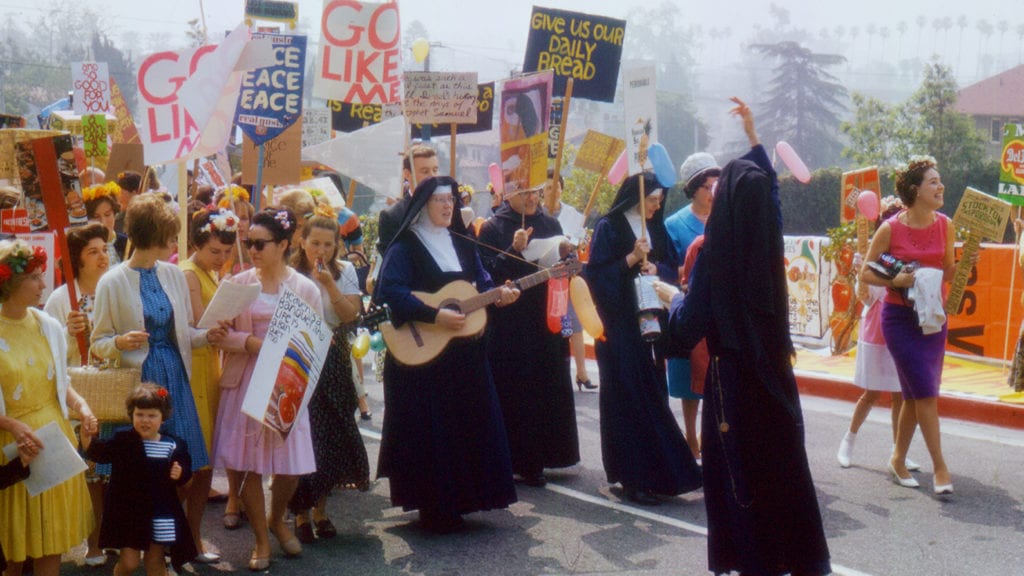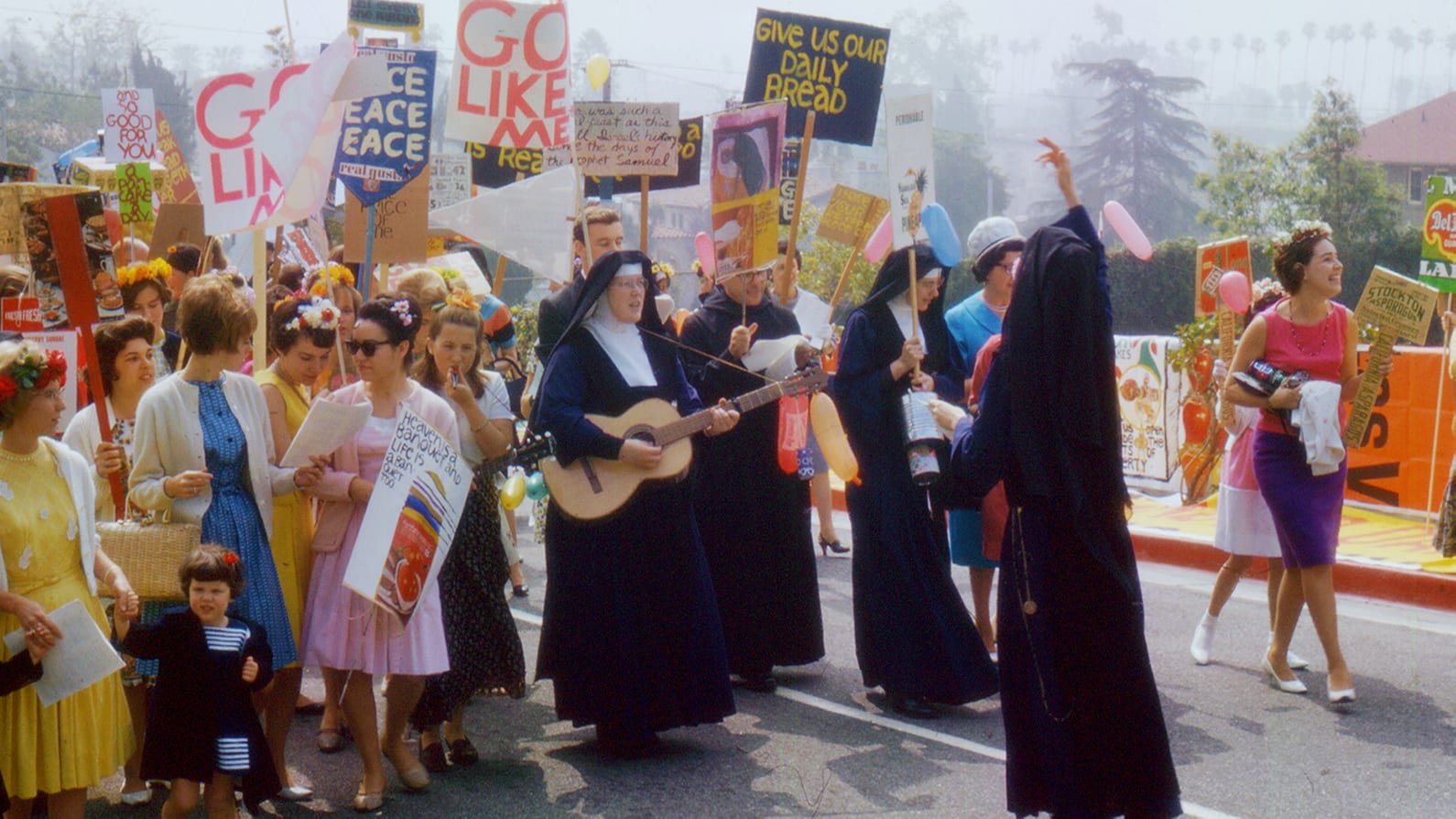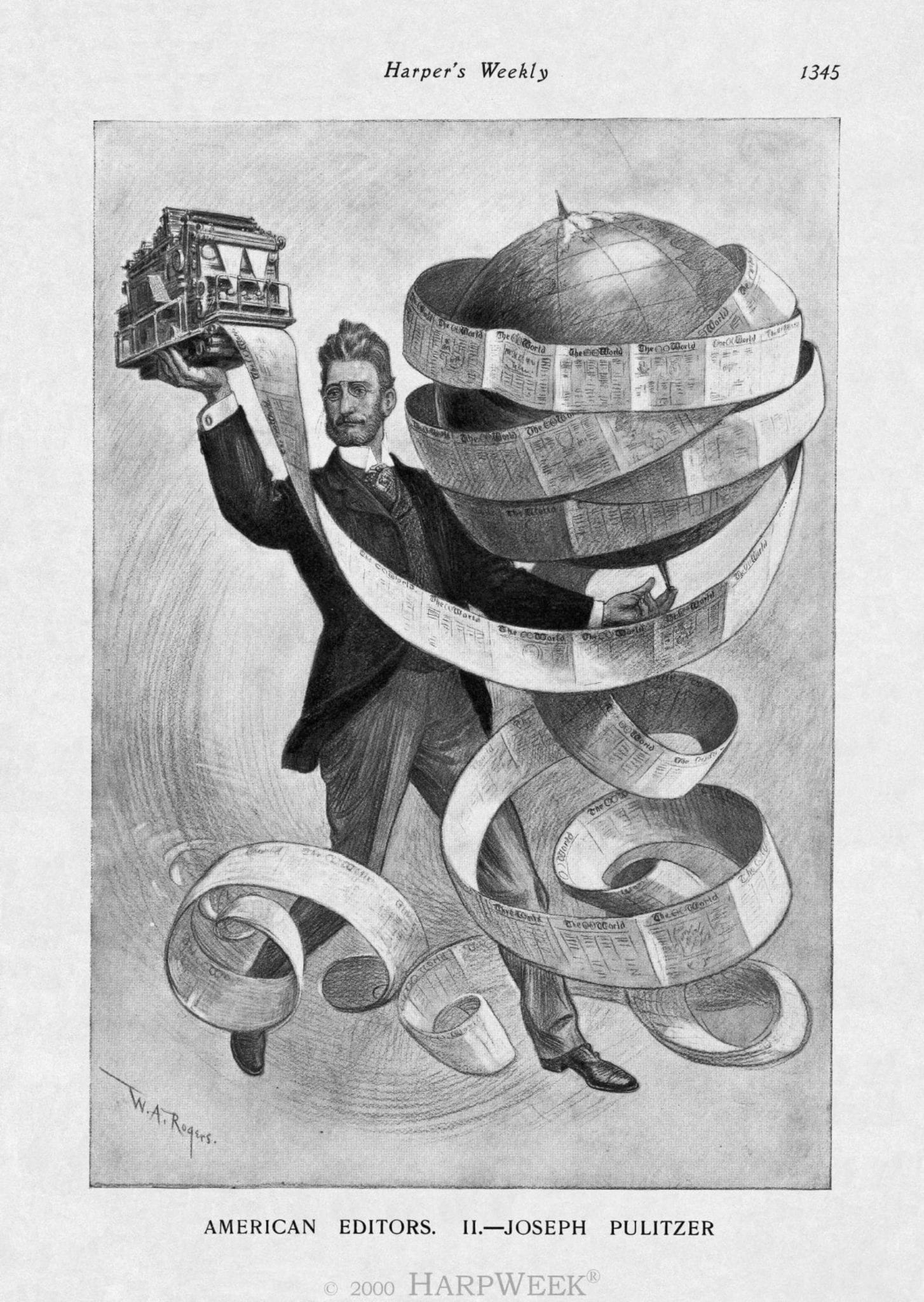?Clearly we were in a boat that needed desperately to be rocked.?
The 1960s was a turbulent time. Society was struggling with the Vietnam War, Civil Rights, and the early groanings of the women?s movement. For many, the church (especially the Roman Catholic Church) was the place they expected stability, tradition, an unchanging constant. But it was not to be. Rebel Heart, from director Pedro Kos, is part of the U.S. Documentary section at Sundance Film Festival. The film chronicles a group of nuns that sought to serve people and be relevant to their times, but ran into heavy opposition from the church hierarchy.
The Sisters of the Immaculate Heart of Mary ran a college in Hollywood. As the 60s came there were many changes in the air. Those nuns who taught at the college were all well educated and were well aware of the ideas that were current. When the changes that followed Vatican II began to take hold, the order entered into contemplation of what it would mean for them. They began to make changes in their daily lives, including not wearing the traditional habit, and choosing the work they would do.

The archbishop of Los Angeles, Cardinal McIntyre, did not take well to the changes or the attitude of the Immaculate Heart sisters. McIntyre was a very conservative church leader. He was also very authoritarian in his approach to leading the diocese. It was inevitable that there would be a conflict.
The film focuses most of its time on what was going on within the Immaculate Heart community. We see the nuns working to do the ministries they saw themselves called to. But the film also gives us a good social setting for understanding what was happening. It was certainly a time of great social upheaval. At least one of the nuns from Immaculate Heart marched at Selma. Another nun, Corita Kent, was becoming a well known artist. The changes brought by Vatican II were seen by many as fresh air coming into the church, but by others as dangerous ideas. The nuns of Immaculate Heart had to come to terms for themselves where they fit with all of this. And for many it was a very difficult decision about how they would live their lives.
The film serves as an interesting case study of the struggles the church must continuously deal with in a changing world. It also reflects the struggles between freedom and authoritarianism both in and out of the church. To what extent should we bow to tradition and structure, and how much to innovation?
It is not only the Catholic Church that has struggled with change. It seems a truism that pastors will get either of two disparaging answers when they suggest a change: We tried that before, or we?ve never done it that way. Of course, we know that the church has never really been unchanging. But it never seems to be easy.
Photo courtesy of Sundance Institute.





